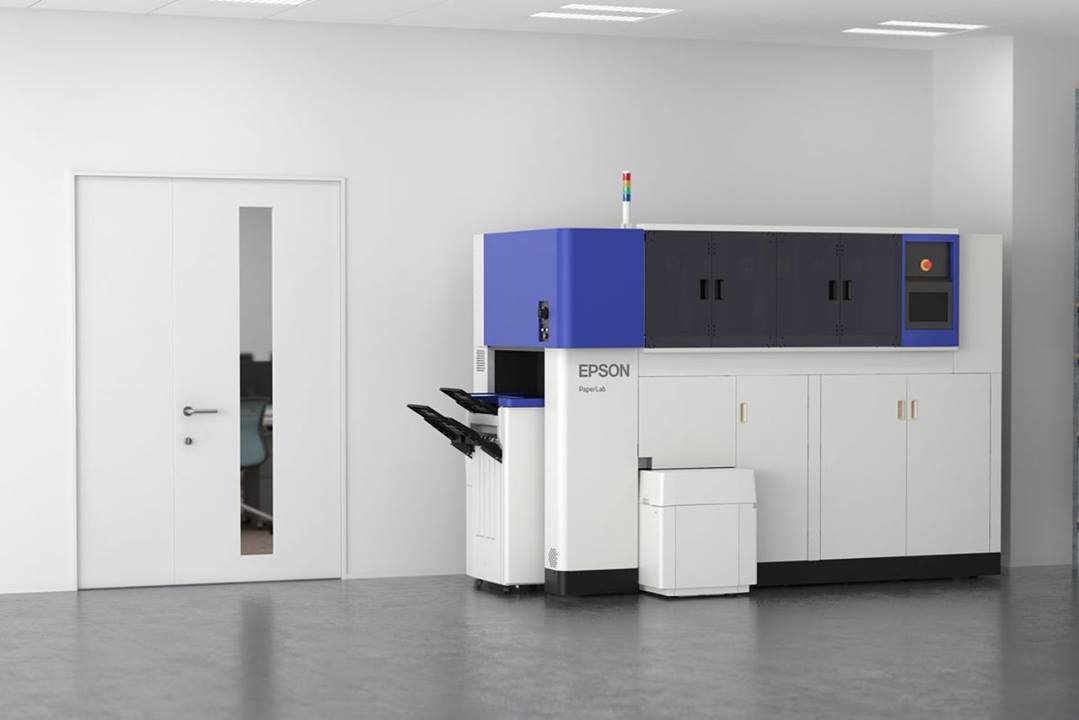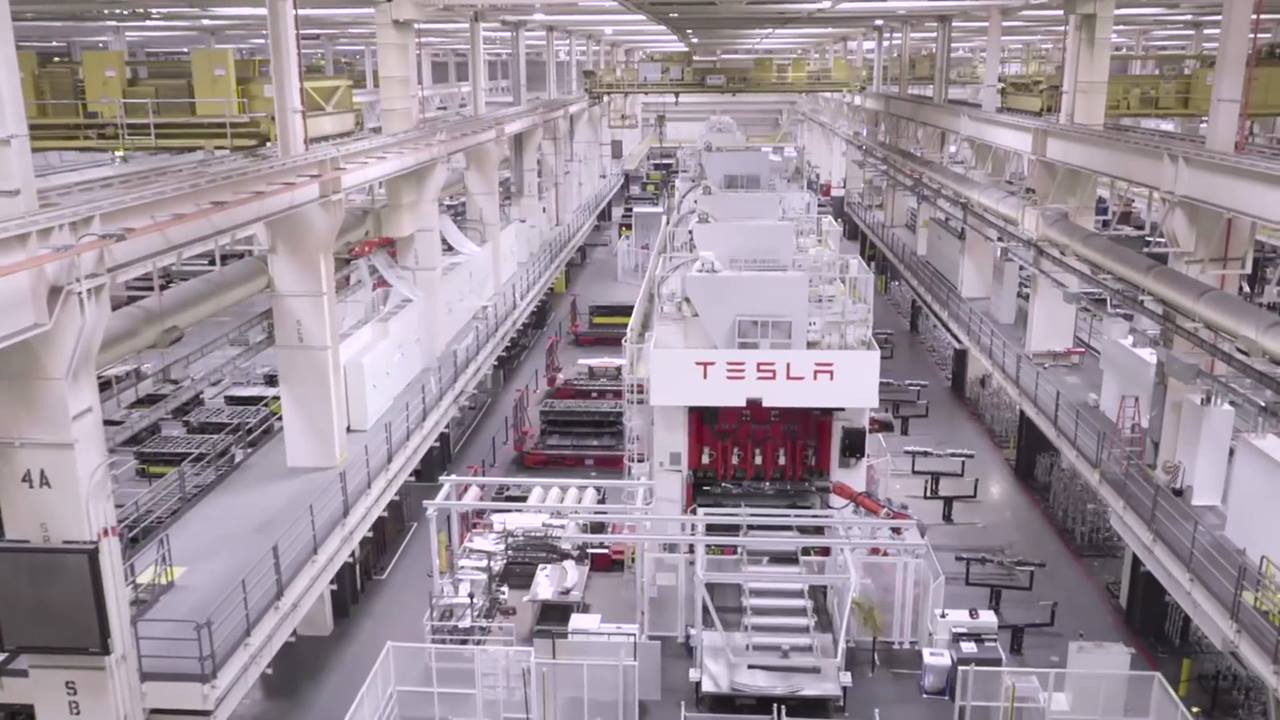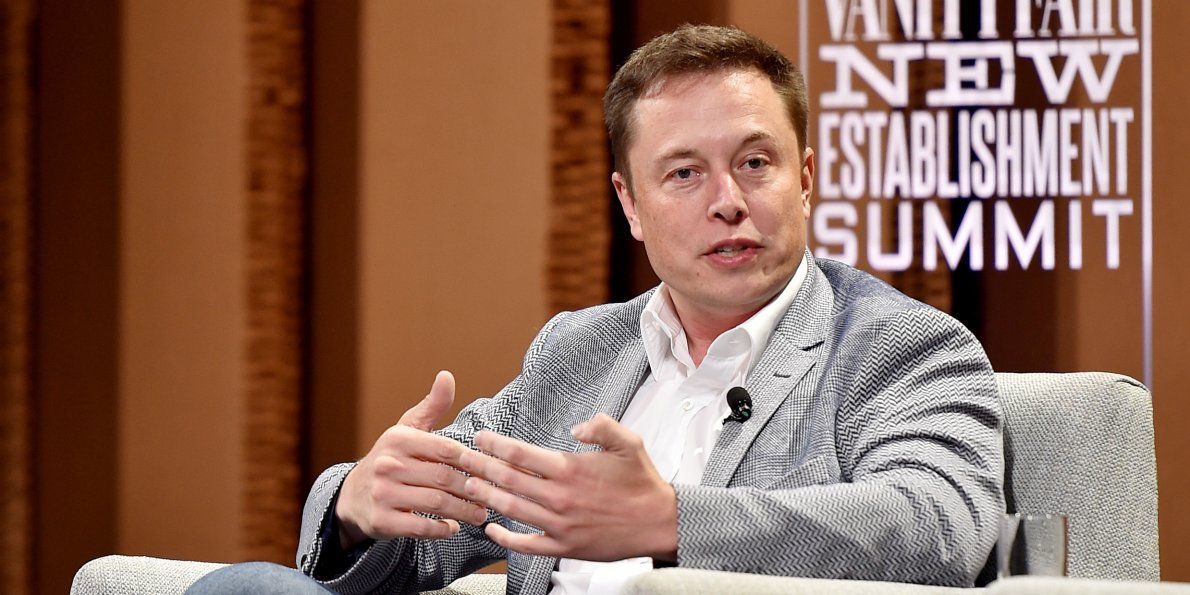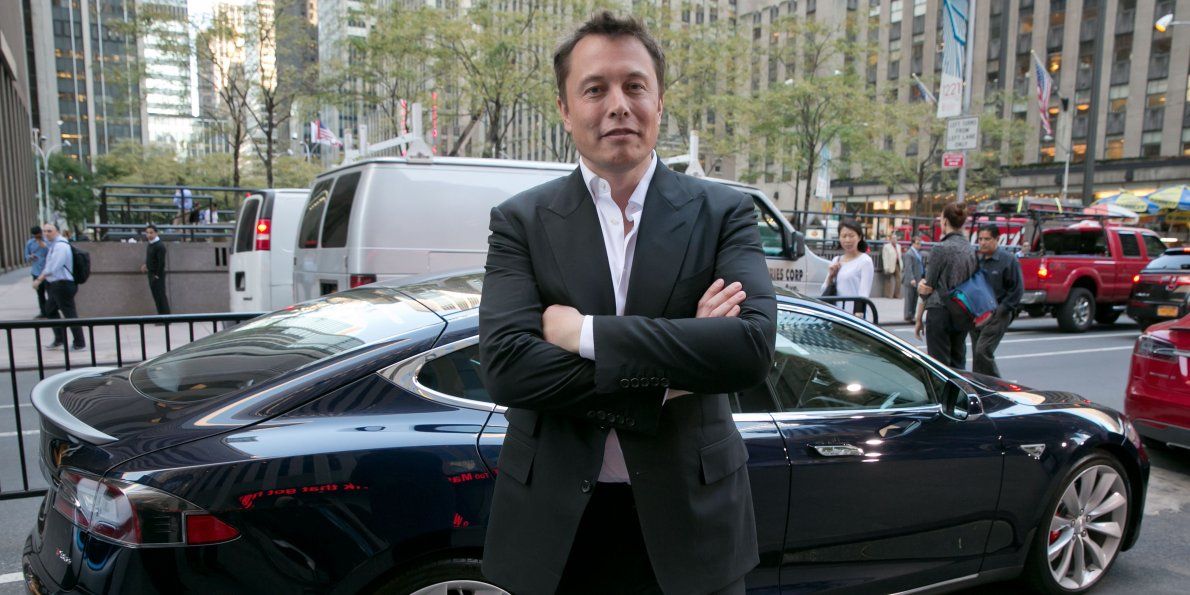Archive for the ‘sustainability’ category: Page 613
Jan 19, 2016
A Brief History of Stephen Hawking Being a Bummer
Posted by Sean Brazell in categories: engineering, existential risks, genetics, sustainability
Yeah, he’s turned into quite the man-of-panic as of late.
Stephen Hawking is at it again, saying it’s a “near certainty” that a self-inflicted disaster will befall humanity within the next thousand years or so. It’s not the first time the world’s most famous physicist has raised the alarm on the apocalypse, and he’s starting to become a real downer. Here are some of the other times Hawking has said the end is nigh—and why he needs to start changing his message.
Speaking to the Radio Times recently ahead of his BBC Reith Lecture, Hawking said that ongoing developments in science and technology are poised to create “new ways things can go wrong.” The scientist pointed to nuclear war, global warming, and genetically-engineering viruses as some of the most serious culprits.
Continue reading “A Brief History of Stephen Hawking Being a Bummer” »
Jan 18, 2016
Cheaper solar cells with 20.2 percent efficiency
Posted by Shailesh Prasad in categories: materials, solar power, sustainability
EPFL scientists have developed a solar-panel material that can cut down on photovoltaic costs while achieving competitive power-conversion efficiency of 20.2%.
Jan 16, 2016
90 Second Tour Around The Tesla Factory
Posted by Shailesh Prasad in categories: sustainability, transportation
Jan 16, 2016
‘Bubble pen’ can precisely write patterns with nanoparticles as small as 1 nanometer
Posted by Sean Brazell in categories: biotech/medical, computing, electronics, solar power, sustainability
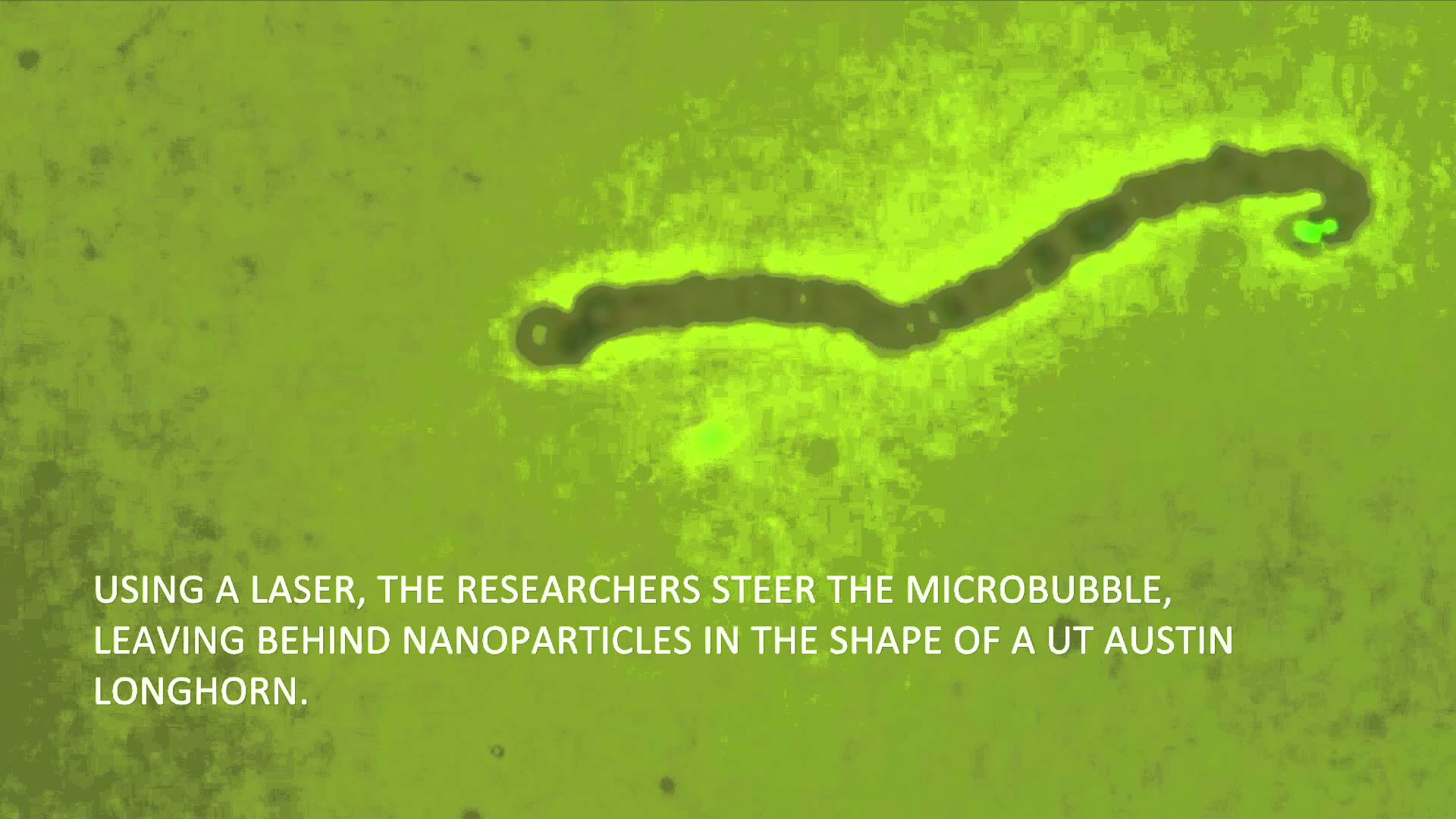
Allows for more easily building tiny machines, biomedical sensors, optical computers, solar panels, and other devices — no complex clean room required; portable version planned.
Illustration of the bubble-pen pattern-writing process using an optically controlled microbubble on a plasmonic substrate. The small blue spheres are colloidal nanoparticles. (credit: Linhan Lin et al./Nano Letters)
Jan 13, 2016
New battery made of molten metals may offer low-cost, long-lasting storage for the grid
Posted by Shailesh Prasad in categories: climatology, materials, sustainability
A novel rechargeable battery developed at MIT could one day play a critical role in the massive expansion of solar generation needed to mitigate climate change by midcentury. Designed to store energy on the electric grid, the high-capacity battery consists of molten metals that naturally separate to form two electrodes in layers on either side of the molten salt electrolyte between them. Tests with cells made of low-cost, Earth-abundant materials confirm that the liquid battery operates efficiently without losing significant capacity or mechanically degrading—common problems in today’s batteries with solid electrodes. The MIT researchers have already demonstrated a simple, low-cost process for manufacturing prototypes of their battery, and future plans call for field tests on small-scale power grids that include intermittent generating sources such as solar and wind.
Jan 12, 2016
Elon Musk: It’s an ‘open secret’ that Apple is building an electric car
Posted by Shailesh Prasad in categories: Elon Musk, sustainability, transportation
During an interview with BBC, Tesla CEO Elon Musk says it’s “obvious” and an “open secret” that Apple is building its own electric car.
Jan 11, 2016
ELON MUSK: Tesla’s self-driving feature is ‘probably better than a person right now‘
Posted by Shailesh Prasad in categories: Elon Musk, robotics/AI, sustainability, transportation
“It’s probably better than a person right now (at driving),” Musk said on the call.
Musk added that in the next two years or so, Tesla cars “will be able to drive virtually all roads at a safety level significantly better than humans.”
“I think within two years you’ll be able to summon your car from across the country,” Musk said.
Jan 10, 2016
Elon Musk: You’ll be able to summon your Tesla from anywhere in 2018
Posted by Shailesh Prasad in categories: Elon Musk, habitats, robotics/AI, sustainability, transportation
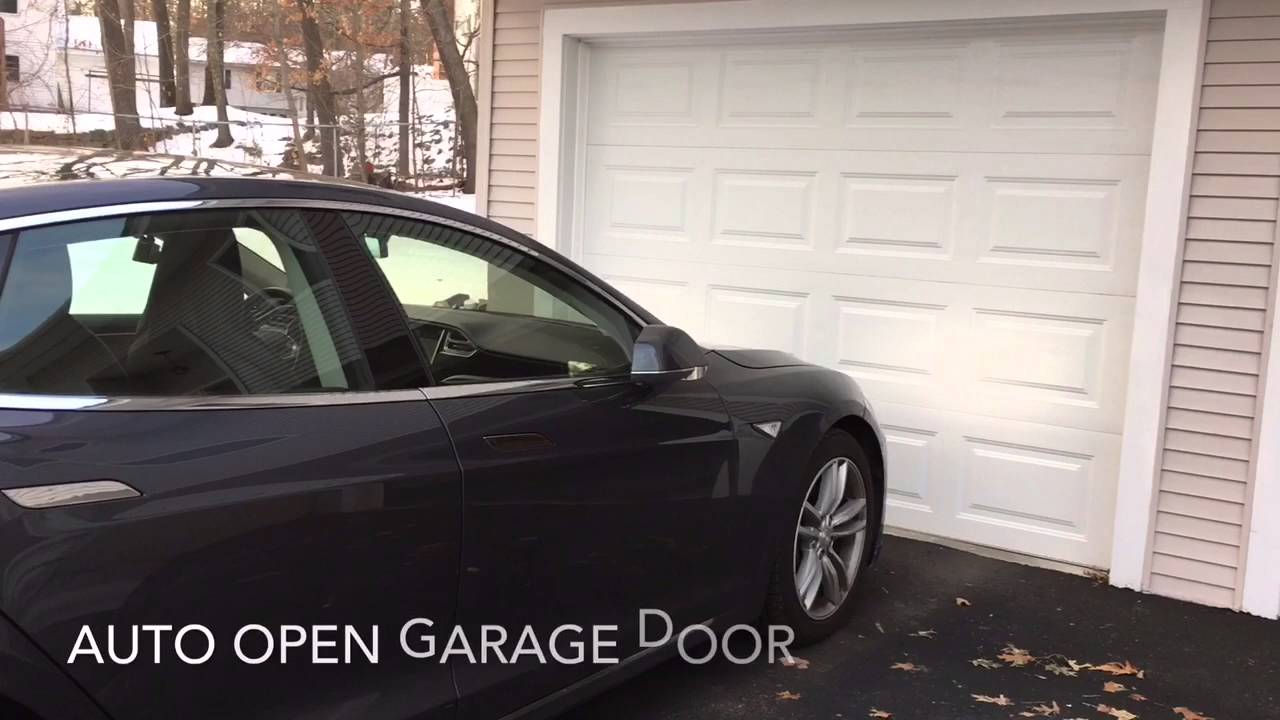
Yesterday, Tesla Motors released software update 7.1 for the Model S and Model X, an update that allows the electric cars to park themselves while you stand by and watch in awe. Today, CEO Elon Musk made a bold prediction: In 2018, this feature will work anywhere that cars can drive.
Called Summon, the functionality is part of Tesla’s Autopilot self-driving technology. Autopilot was introduced with version 7.0 of Tesla’s software in October 2015, and lets drivers take their hands off the wheel in certain conditions.
Continue reading “Elon Musk: You’ll be able to summon your Tesla from anywhere in 2018” »
Jan 8, 2016
Half the World Lives on 1% of Its Land, Mapped — By Tanvi Misra | The Atlantic CityLab
Posted by Odette Bohr Dienel in categories: habitats, human trajectories, information science, mapping, sustainability
“[H]alf the people in the world cram into just 1 percent of the Earth’s surface (in yellow), and the other half sprawl across the remaining 99 percent (in black).”
Tag: Population
